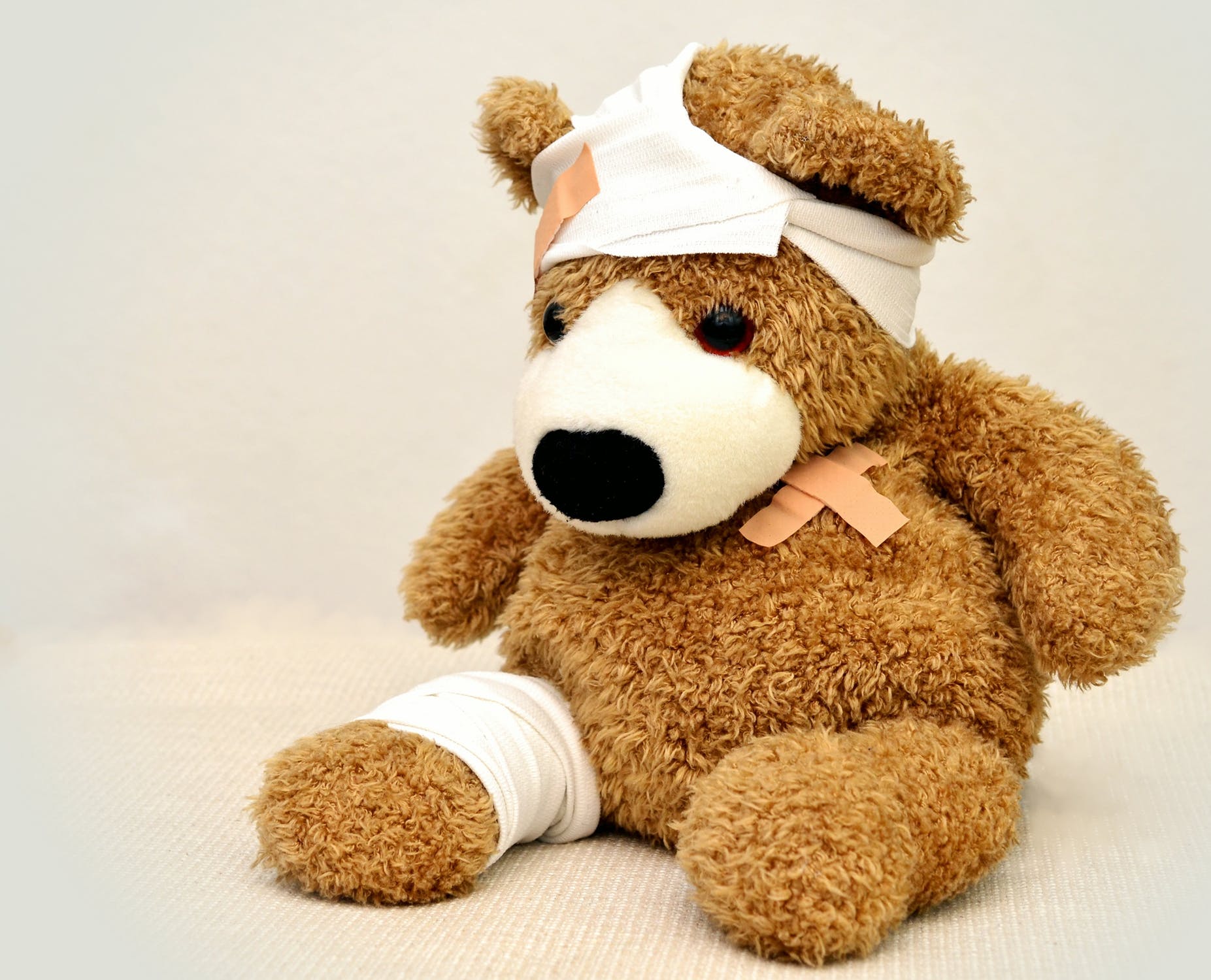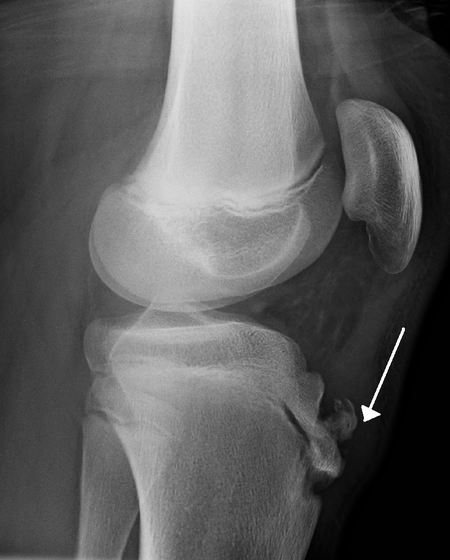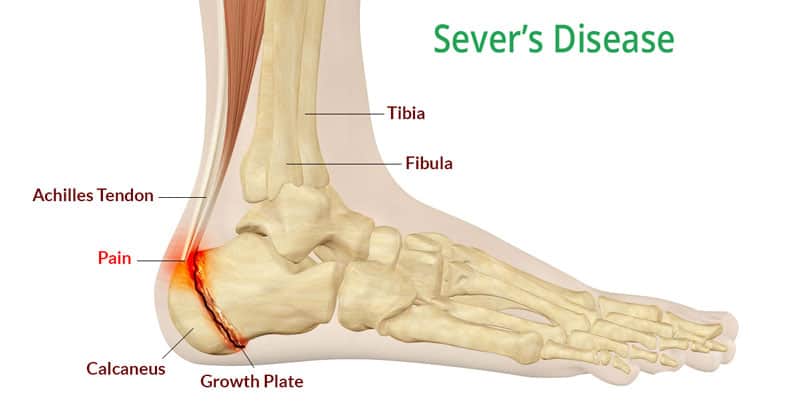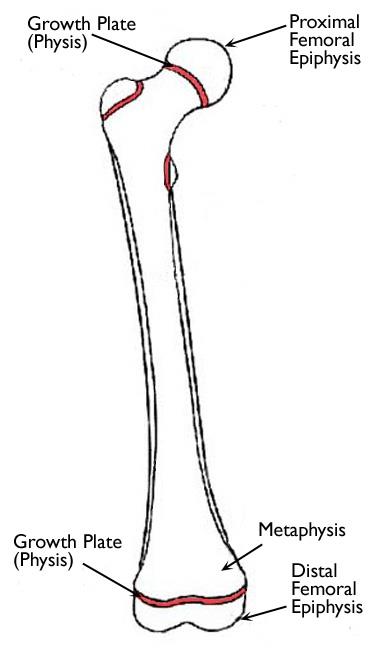Home > Blog > Team > Physiotherapy > Conditions We Treat > Tendon Injuries In Children – What Are They And How Phoenix Physios Treat It?
Tendon Injuries In Children
What Are They And How Does phoenix Physios Treat them?
As parents ourselves, it pains our hearts to see or have children have tendon injuries and pains that doesn't allow them to be active or play naturally.
Some people call it "growing pains"....but are they really?
In some instances, yes, but oftentimes not really.
Growing pains can be very uncomfortable and even painful, referring to injuries experienced by
adolescents as they grow (increase) in both height and weight during puberty.
Typically the injury and pain is not caused by a single ‘strain’ or
‘sprain’, but a gradual and insidious onset.
Common tendon pains and injuries that affect children
Osgood schlatters disease
Osgood-Schlatter disease is a common cause of knee pain in growing adolescents.
It
is an inflammation of the area just below the knee where the tendon
from the kneecap (patellar tendon) attaches to the shinbone (tibia).
Sever’s Disease
Sever's disease occurs when
activities like running and jumping cause the already tight Achilles
tendon to pull on and irritate the heel bone growth plate.
This causes pain and inflammation in the heel.
Traction Apophysitis
A Traction Apophysitis is an injury to the cartilage and bony attachment of tendons in children and adolescents.
Commonly, this is an overuse injury associated with inflexible muscles
and muscular tendon junction (Achar & Yamanaka, 2019)
These conditions all have a few things in common
The common points are:
- All lower limb based
- Linked to muscles that provide power when running
Basically if you look at the mechanical process of how these specific
tendon injuries come about, you'd notice that they start at the base of
the tendon to the bony attachment at the growth plate.
It is related to "overstrain", "overpull" and "too much pull" of the muscle from the bone through the tendon.
What this means is that because the pull is too much and close to the growth plate (and growth plates are very very important structures for building new bones as children grow), this will cause a problem IF
rate of tendon injury is greater / faster than the body's ability to heal the structure
This is a very important consideration, and especially in children who are very active such as playing multiple sports and exercises throughout the week.
...leading to inadequate time for the tendon to heal.
Causes of tendon injuries in children
Unfortunately its we can't just say it's growing pains or growth spurts and ignore - there are specific causes that increases the risks of these specific tendon injuries and they are:
-
Tight and Over-taut Muscles
As we grow, our skeleton grows slightly
faster than the muscles that attach to it. This basically means that our bones grow quicker than muscle growth rate.
This leads to us having tight or over-taut muscles relative to the longer grown bones which naturally increase the physical pull and tension from
the muscle into the tendon, attaching onto the bone.
- Poor Or Improper Biomechanics
If the biomechanics is not proper or right, it will cause unnecessary over-loading such as:
a. Over-pronation – flat feet can cause our knees to turn inwards >> changing the line of pull through the calf and quad muscles.
b. Improper Running Technique such as altered landing patterns, dropping hips too low or poor
upper body rotation will place extra pressure on the tendons in the
leg.
- Sports Specific Repetition
The more sports played, the
higher the risk of getting these tendon injuries in children (as well as adults too). Not that we're saying NOT to exercise, but instead what we're saying is to be mindful and aware of your body and what your children are telling you.
If there are nagging and/or specific pains in specific areas, it's best to listen to your (and your children's body) - it's not aways "pushing through the pain" - any tendon injuries may cause longer rest and downtimes required.
- Weight Gains
Part of growing also includes body weight gain (naturally).
This will of course give extra load through
all structures in the body. Continued sports and exercise while this
weight is increasing is one of the risk factors for tendon pains and injuries.
physiotherapy tendon Treatments

-
First, To Treat & Reduce Tendon Inflammation
This is the most important thing to start, which is physiotherapy to decrease inflammation specificly. The reason why this is at the top of the list is because inflammation, though it's good in the short term, it's not good in the long term - chronic inflammation can slow healing and lead to other injuries.
We may also apply sports tape to provide support the tendon injury and structures, which can help decrease inflammation. Also, we may supply cold therapy too which also works to decrease inflammation.
- Activity & Sports Modification
We may initially just get your child (or yourself) to reduce the amount and intensity of training which involves running, sprinting, jumping and any similar sports.
This offloads strain from the healing tendon injuries, allowing them to heal faster, and this works well with soft tissue management techniques too.
- Deep Tissue Massage & Sports Massage
We always recommend our patients to have regular deep tissue and sports massage, and the reason is very direct: it helps our muscles to perform better and decrease risk of muscle failures or injuries (more information in the article)
This is a very good thing to have even for "normal" individuals such as executives, parents, grandparents, but especially so for people who are very active and sporty.
These massage will also help to decrease the tension that the tight muscles pull on the tendons too.
- S-t-r-e-t-c-h Program
Massage is great to loosen tightened muscles, then combine with stretching to further normalize the muscle length as well as tightened joints.
We do have a facilitated stretch therapy program to help you.
- Strengthening
Strengthening is a definite need - weak muscle strength (for a variety of reasons be it due to over training, injury etc) can cause muscle strength imbalance, leading to overcompensation.
To some structures, this could mean that your muscles may be working too hard and in turn, pulling and straining the tendon too much.
Our principal physiotherapists may include strengthening programs to your glutes (butt muscles), core muscles (which may be done with some clinical pilates), quads or calf muscles.
This will all then
come together with exercises that are specific to your preferred sport (every sport and activity is different) and we will train you full fitness and performance.
Overall, children tendon physiotherapy treatment can be very
successful for children.
If done early and managed correctly, there should be no
long-term effects. If there’s a delay to the
treatment or poor management early in the process, lengthy time on the
sidelines can be a common and frustrating part of tendon injuries in
children (as well as the children's parents/caregivers too)








